I have been staring a lot more at my baby boy this past week than usual. I bottle feed him five days a week while Lori is at work, and admittedly, much of the time I’m trying to multi-task. This week’s been different. He can’t talk, and doesn’t yet comprehend the full meaning of words — but he understands expressions. He recognizes joy and pain in others already, which is pretty amazing if you think about. Nonetheless, the experts say you’re suppose to explain what you are doing and the world around them to infants from a very young age. Given the current state of affairs in the U.S., coupled with the heartbreaking history of this week’s location, I’m struggling at the moment to do that.
Last week, we took Noe to one of the most beautiful places on the planet, Luang Prabang. It was a work trip, but we were able to stay through the weekend.
This week, we’re in another beautiful place called Xieng Khouang…well, actually Xieng Khouang was blown away a few decades ago, so we’ve had to settle for the new provincial capital of Phonsavan.
The first thing you’ll notice flying into Xieng Khouang airport are the mountains. Walking from the crumbling landing strip to the one-room “airport,” you are stricken by the fading light of the afternoon illuminating the rolling hills. Then, when the propellers wind down, you are accosted by the sound of silence.
It wasn’t always this way in Xieng Khouang. Far from it, in fact.
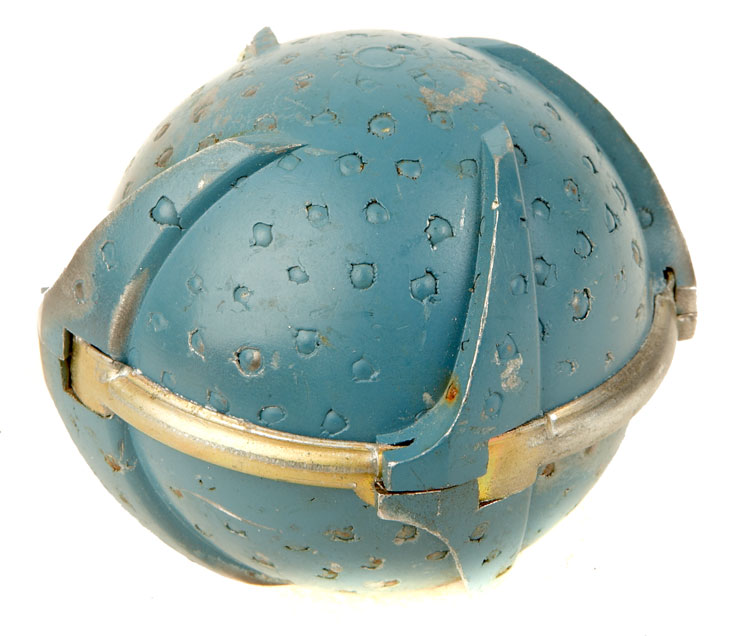
This is a cluster bomblet. If you’ve ever held an inert one, you’ll notice it’s about the size of a tennis ball and fits squarely in your hand. It’s cool and heavy to the touch. Each bomblet is designed to explode into hundreds of pieces of razor-sharp shrapnel capable of piercing metal and easily ripping through human flesh.
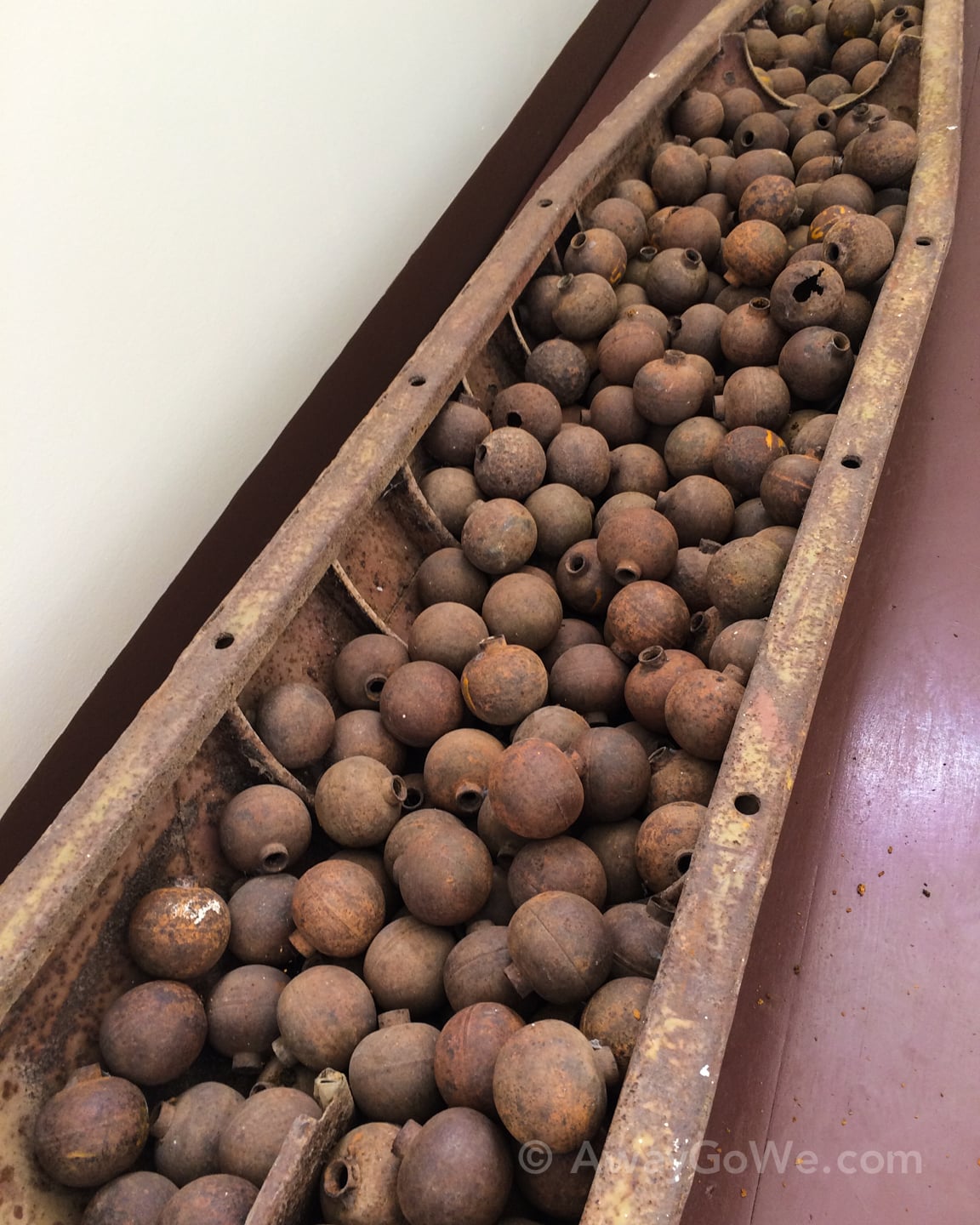
Between 1964 and 1973, my country’s military carpeted vast areas of Laos with 260 million of these “bombies.” 2.5 million tons of ordnance, equating to one ton of bombs for every man, woman and child. Every eight minutes, bombs rained down on Laos. Every eight minutes, every day, nonstop, for nine years. The U.S. military dropped more bombs on Laos than it had on all countries combined during World War II. Read that last sentence again and let it sink in.
It was widely known at the time that the U.S. military was supporting the South Vietnamese government in their bid to remain independent. What most of the world didn’t realize at the time was that the U.S. was also conducting a covert war in Laos in an effort to disrupt the Ho Chi Minh Trail…and reduce paperwork. By all accounts, U.S. pilots were not supposed to be conducting operations in Laos, and they certainly were not supposed to be dropping excess ordnance on the Laotian countryside in order to lighten their workload back at the office.
Consequently, Laos is the most heavily bombed country per capita in human history. In the northern part of the country, Xieng Khouang is ground zero.
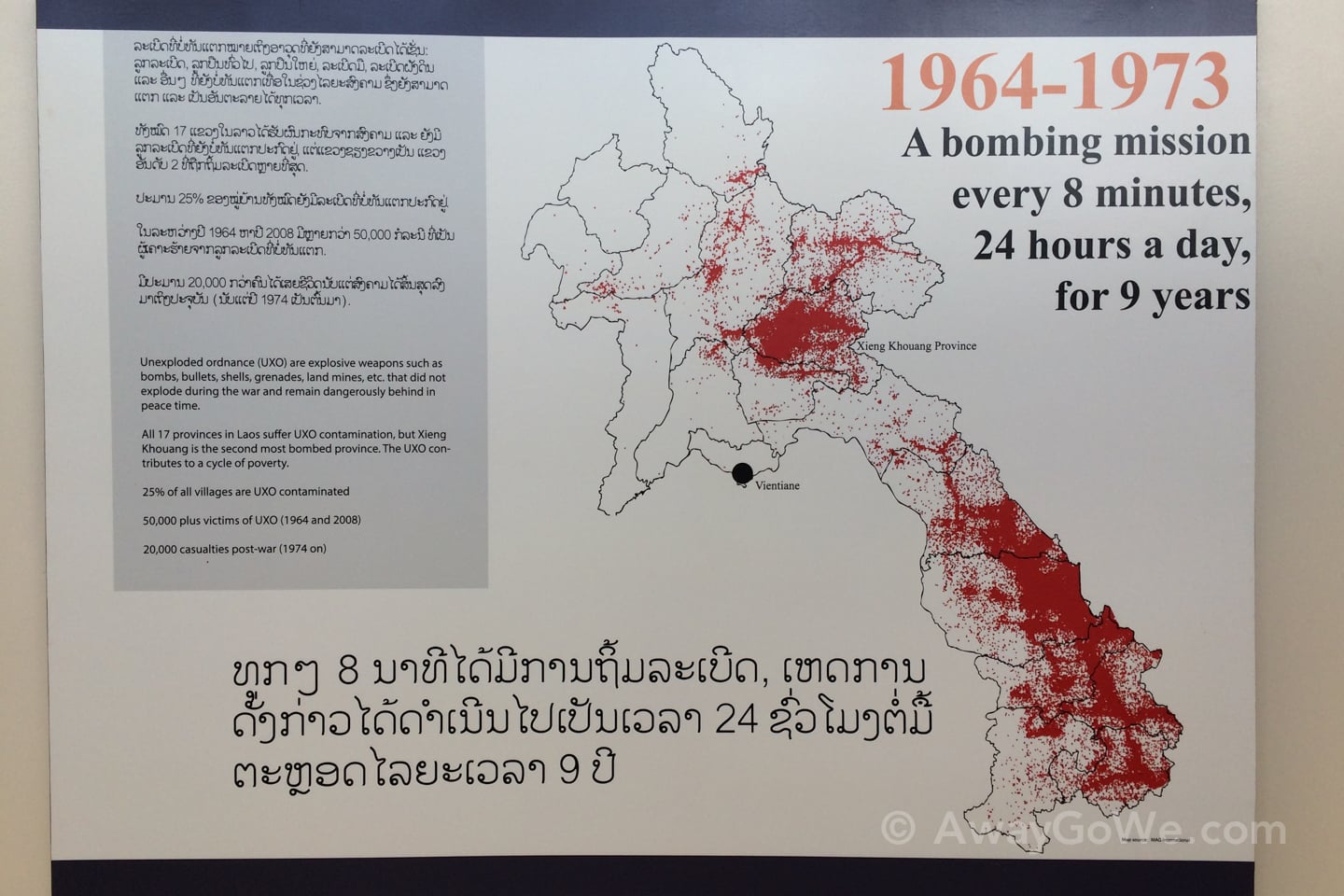
In addition to an estimated 30,000 to 60,000 mostly-civilian casualties resulting from the initial bombing raids, unexploded bomblets have killed or maimed at least 20,000 more in Laos since the end of hostilities in 1973. The bombs had a 30% failure rate, meaning that approximately 80 million bomblets failed to explode on impact across vast areas of the country, and remain as such today. More than half of the world’s cluster bomb casualties have occurred in Laos. Most accidents result in death, and about half of the victims are children playing in the surrounding countryside or working on their family farm.

UXO clearance in Laos is not simply a humanitarian problem, but a major impediment to long-term development. The presence of UXO limits safe access to agricultural land and land for other economic purposes, as developing uncleared land for food or business becomes prohibitively expensive. This is a huge problem given that 40 years on, less than 1% of these munitions have been removed or destroyed.
The U.S. had spent more in ten days on bombing Laos during the 1960s and 1970s than it had on clean-up in all of the 1980s, 90s and 00s. However, since 2010, U.S. funding for UXO clearance and victim assistance in Laos has increased from $5 million to $19.5 million under the Obama administration. Additionally in September, the Obama administration committed an additional $90 million toward clean up efforts in Laos moving forward. Obama’s announcement was the most significant step forward on UXO clean up in Laos in decades, as well as a significant step toward repairing relations between the two countries and Vietnam. Sadly, a Trump presidency threatens to derail the support and goodwill created at the ASEAN summit in September as it is largely unclear whether Trump will choose to honor this commitment. Based on his words and actions so far, I’m far from hopeful he will.
But all is not lost. If any of this compels you to act, there are a number of avenues in which to do so. These are all partners that work directly with Lori’s employer, Handicap International, which has been instrumental in UXO eradication and victim assistance:
Lao National Unexploded Ordnance Programme (UXO LAO)
Donations are a start, but there are a lot of other ways to get involved. Perhaps even more helpful than donations (particularly if you are an American) is to hold our government accountable for their actions and make certain we honor our outstanding commitments. It is absolutely shameful that others should be left to clean up our government’s messes, and Laos is far from alone in this respect. Help raise awareness in your community that the Vietnam War may be over, but for thousands of innocent people in rural Laos, the legacy of that war continues to impact innocent civilians in 2016. Or, spend your free time watching football and reality TV. It’s totally up to you.
References:
http://www.maginternational.org/what-we-do/landmine-and-unexploded-ordnance-clearance/
http://www.handicap-international.us/laos
http://legaciesofwar.org/about-laos/secret-war-laos/
http://legaciesofwar.org/resources/cluster-bomb-fact-sheet/
http://www.reuters.com/article/us-laos-obama-uxo-idUSKCN11C0GV?il=0
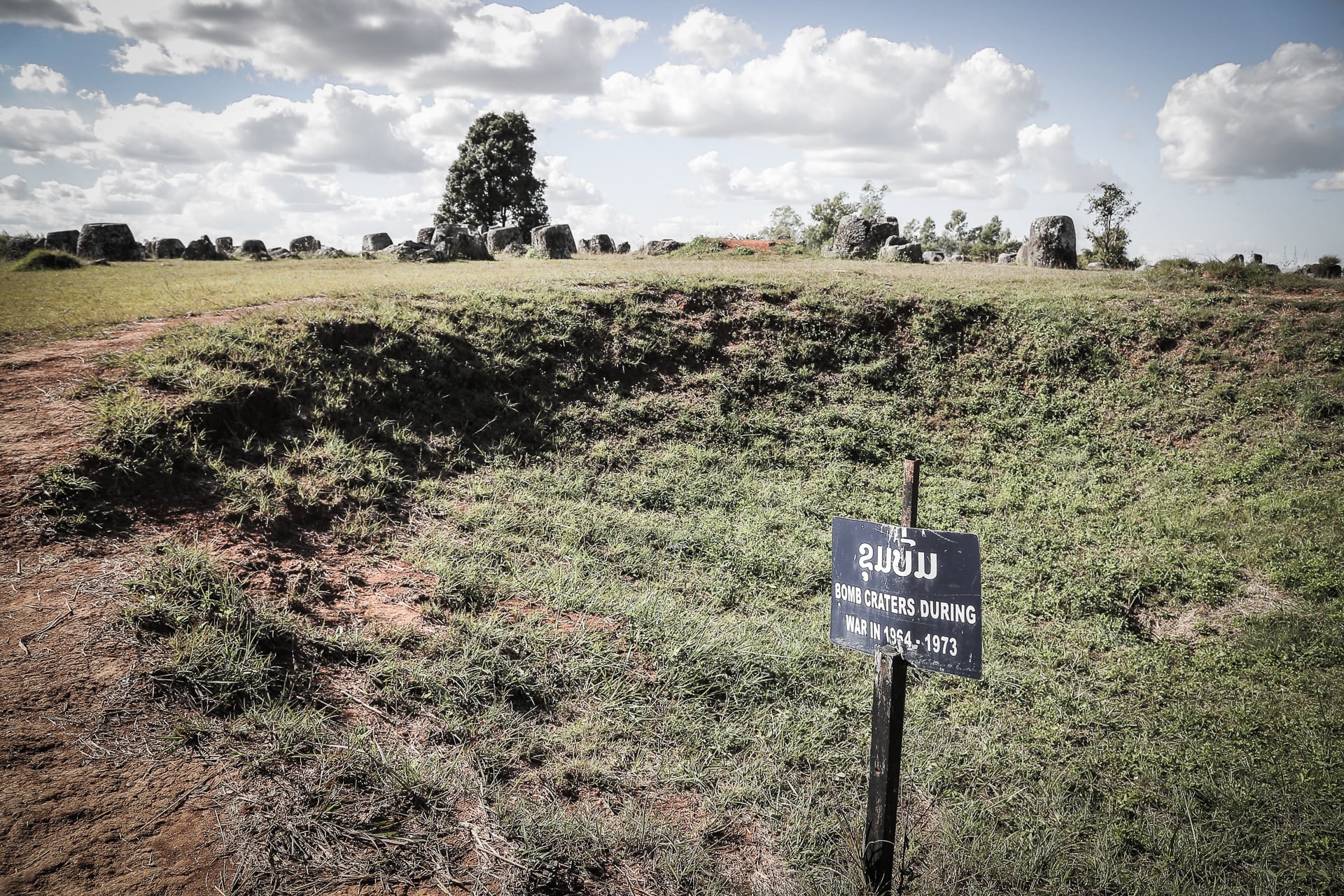
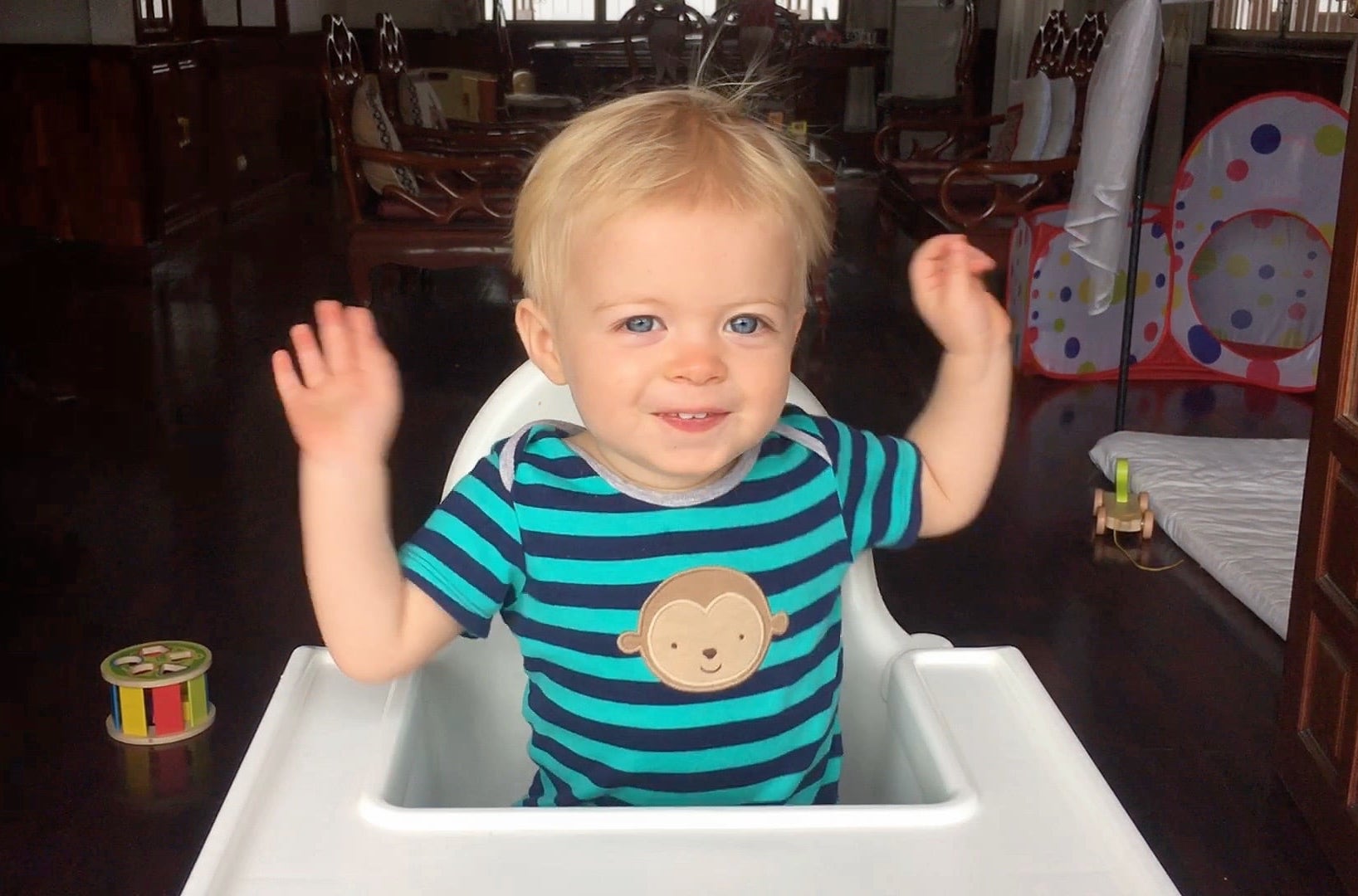


What a great article, it puts a very human face on a completely inhumane occurance. I am curious too, would you consider the Western Shoshone nation the most heavily bombed nation on earth? Consider it for a moment.
Your comments about Laos and the war made me shiver. Yes, you are so right, look what is happening right now in Syria and all the poor children ,starving and dying!! Just throw the bombs from thousands of feet from the air , you don’t see the pain and agony of these people.
Thank you for doing your part in making people aware ! Yes, we watch our TV’s, and complain if it rains too much. Most American’s don’t appreciate their good fortune and have no idea how desperate so many people are in the rest of this world. GM